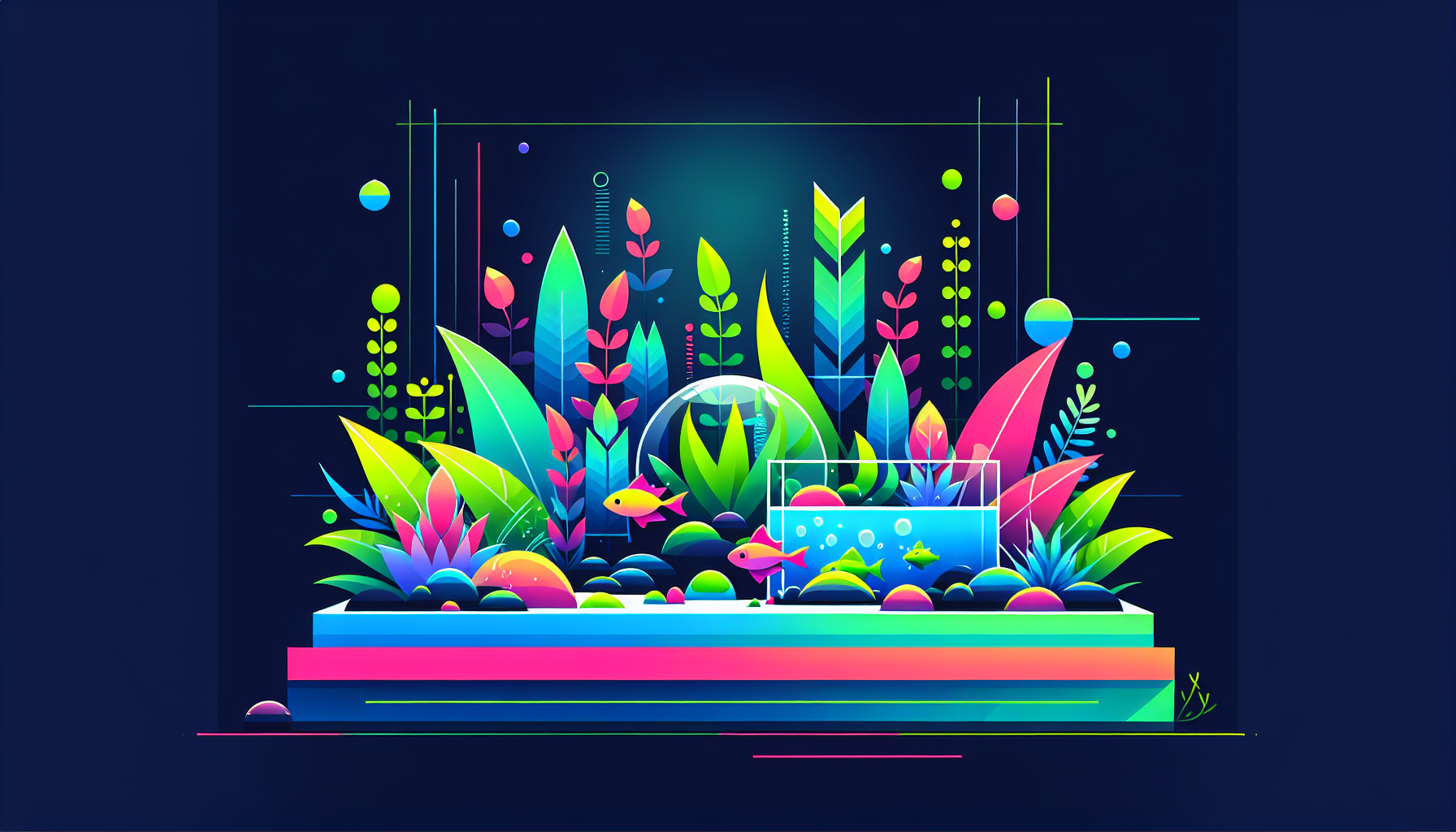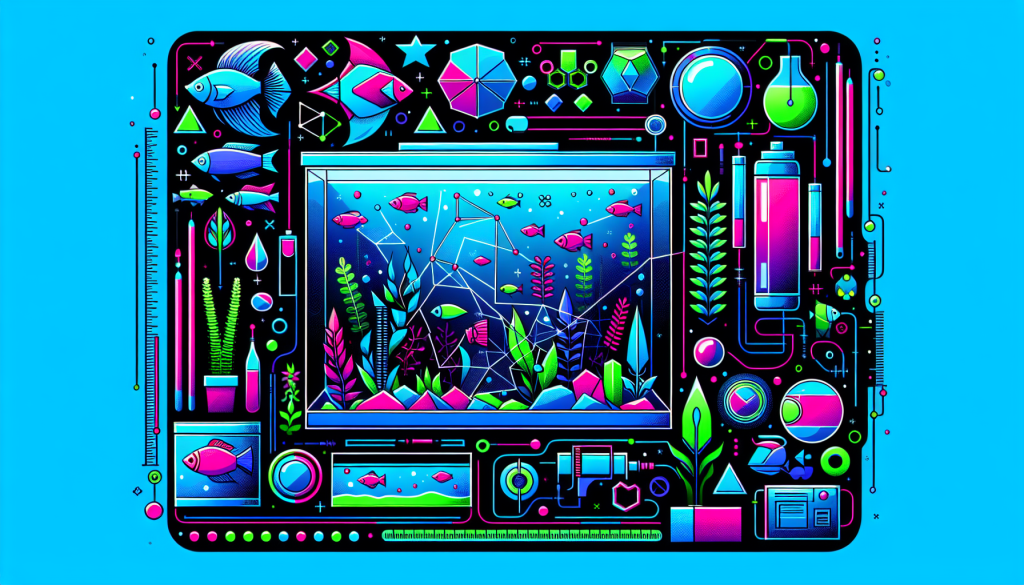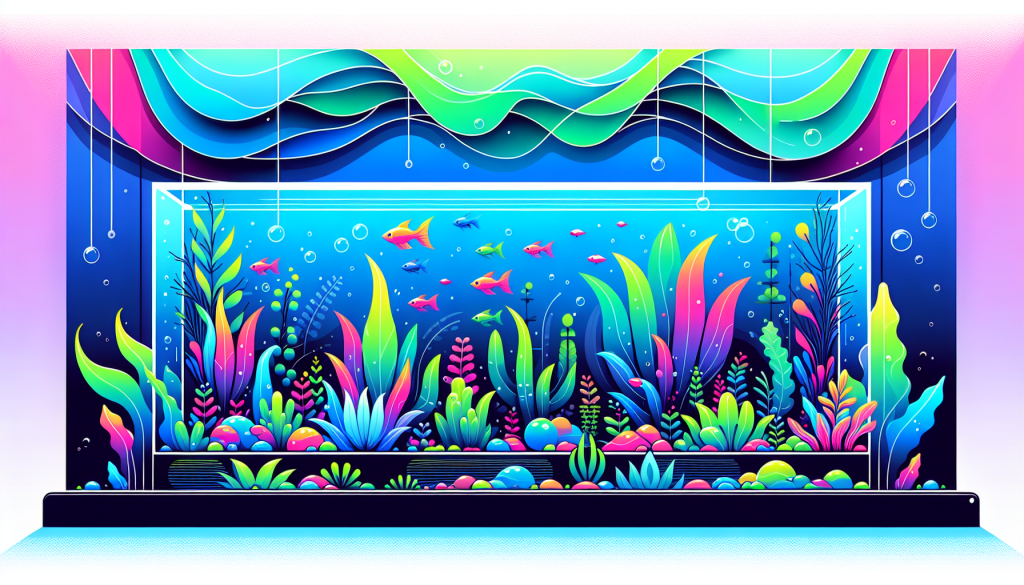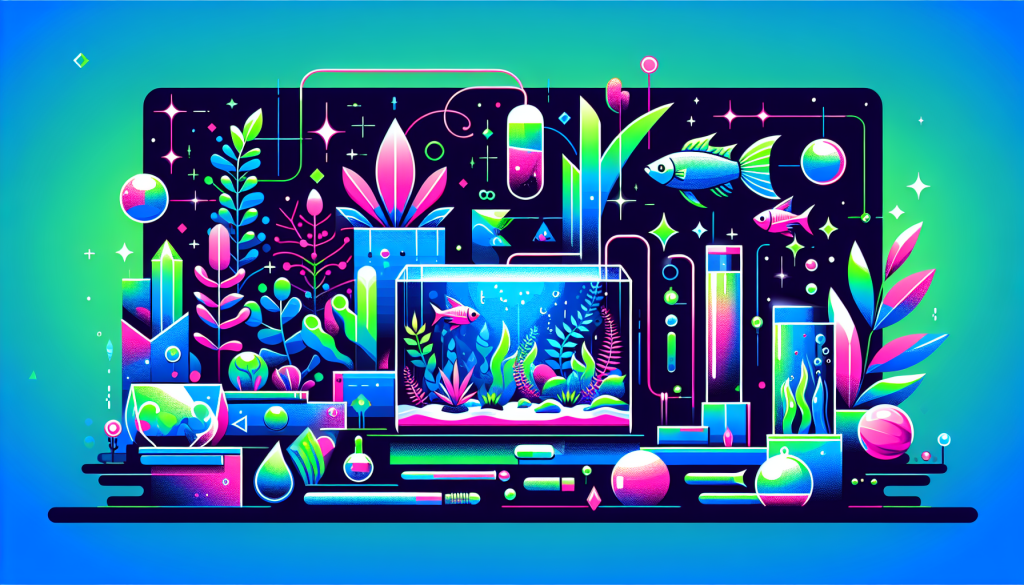The Ultimate Beginner’s Guide to Aquascaping: Tips, Techniques, and Inspiration
Welcome to the captivating world of aquascaping! Whether you’re enchanted by lush aquatic plants or seek tranquility in underwater landscapes, aquascaping offers a creative, rewarding hobby for all experience levels. In this comprehensive beginner’s guide, we’ll walk you through essential aquascaping techniques, must-have equipment, popular styles, and practical tips to set you up for aquatic success.
What Is Aquascaping?
Aquascaping is the art of designing and arranging aquatic plants, rocks, wood, and substrate in an aquarium to create visually stunning underwater environments. Think of it as underwater gardening that brings together artistry, botany, and fishkeeping.
Why Choose Aquascaping?
- Creativity: Design unique underwater scenes tailored to your taste.
- Wellness: Enjoy the calming, restorative benefits of observing a thriving aquascape.
- Habitat Creation: Provide a healthy, enriching environment for aquatic life.
Essential Aquascaping Equipment
Before you dive in, gather the right equipment. Starting strong ensures a smoother journey and healthier results for your plants and fish.
- Aquarium Tank: A glass or acrylic tank, from nano (less than 10 gallons) to large (50+ gallons), depending on your space and goals.
- Lighting: Full-spectrum LED lights promote vibrant plant growth. Adjustable intensity and timers are bonuses.
- Filtration: Quality filters (canister, hang-on-back, or sponge) maintain clean, stable water conditions.
- Substrate: Use nutrient-rich aquasoil or gravel as the foundation for robust plant roots.
- CO2 System: Optional but beneficial for lush plant growth, especially in high-tech setups.
- Heater: Keep tropical species comfortable with precise temperature control.
- Aquascaping Tools: Tweezers, scissors, and spatulas help with planting and maintenance.
For deeper insights on tanks and equipment, visit our Aquarium Equipment Guide.
Popular Aquascaping Styles
What kind of underwater world do you dream of creating? Here are three classic aquascaping styles to inspire your layout:
Nature Aquarium
Inspired by the late Takashi Amano, Nature Aquariums mimic natural landscapes—forests, valleys, or mountains—using driftwood, rocks, and a vibrant selection of aquatic plants.
Iwagumi
This minimalist Japanese style features carefully positioned stones, typically in odd numbers, accented by a carpet of short plants and few, if any, tall species. The focus is on harmony and balance.
Dutch Style
Dutch aquascapes resemble lush underwater gardens with dense plant groupings and vibrant colors. There’s less hardscape (wood or stone) and more plant diversity, requiring careful trimming and planning.
Explore more layout inspiration in our Aquascaping Styles Guide.
Step-by-Step: How to Set Up Your First Aquascape
- Plan Your Design: Sketch your layout and decide where the substrate, stones, wood, and plants will go.
- Prepare the Aquarium: Clean the tank (no soap). Place your background if using one.
- Add Substrate: Create elevation by sloping substrate from the back to the front for depth.
- Position Hardscape: Arrange rocks and driftwood according to your chosen aquascaping style. Play with angles and grouping for a natural look.
- Plant Selection and Placement: Start with taller background plants, add midground and foreground plants for depth, and use tweezers for delicate species.
- Fill With Water: Pour water slowly over a plate or plastic bag to avoid disturbing the substrate.
- Install Equipment: Set up your filter, heater, lighting, and (if using) CO2 system.
- Cycle the Tank: Let the tank cycle for several weeks, checking water parameters before adding fish or shrimp.
Top Tips for Beginner Aquascapers
- Start simple! Begin with easy plants like Anubias, Java Fern, or Cryptocoryne species.
- Research plant needs—some thrive in low light, others require CO2 and stronger illumination.
- Maintain consistent lighting schedules (8–10 hours per day).
- Test water parameters weekly for ammonia, nitrite, nitrate, and pH.
- Trim and prune plants to maintain shape and prevent overgrowth.
Common Mistakes to Avoid
- Adding too many fish before your tank is cycled.
- Neglecting regular maintenance like water changes and filter cleaning.
- Poor plant selection—always match your plants to your lighting and care capacity.
- Skipping the planning stage, which leads to chaotic layouts and unhappy plants/fish.
Getting Inspired: Resources & Community
Ready to sharpen your skills and stay inspired? Join online aquascaping communities, browse stunning aquascape galleries, and check out tutorial videos. For regular tips, project spotlights, and expert advice, don’t forget to explore our aquascaping blog and subscribe to updates.
Start Your Aquascaping Journey Today!
With the right knowledge, equipment, and a sprinkle of creativity, anyone can design a beautiful aquascape. Dive into this rewarding world and create your own underwater masterpiece. Have questions or want to share your progress? Contact us or join the conversation on our latest posts.
Begin your aquascaping adventure—explore, experiment, and let your imagination flow!



